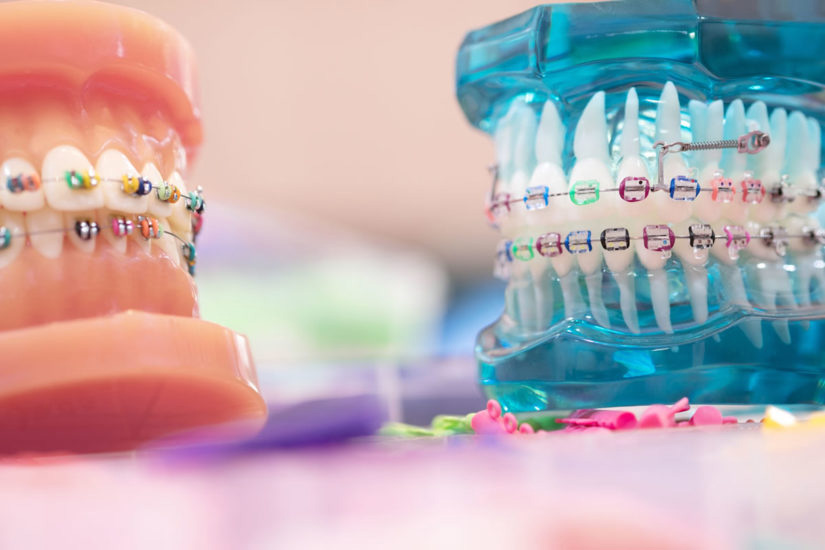What Are Orthodontics?

Most people know to visit their general dentists often for cleaning or for help with complications such as cavities and gum disease. However, dentistry is a broad field, and patients who present with certain irregularities may need to follow up with an orthodontist. Orthodontic specialists can help individuals with problems related to their bite alignment and those who need teeth straightening procedures that go beyond simpler solutions such as Invisalign.
Why You May See a Specialist for Orthodontic Work
A person who has a bad bite, has issues with the contact between teeth (occlusion), or needs a treatment to straighten their teeth will likely need the help of an orthodontist. While general dentists will notice these issues in their patients, their ability to treat certain problems is limited. However, general dentists do offer some orthodontic work, such as Invisalign. Invisalign is an effective treatment for a great many people and is a pleasant alternative to braces. It’s only an option, though, for common issues (i.e., overbite/underbites and gapped teeth) or for cosmetic purposes that are not severe. Age is also a factor in what treatment options are available, as younger patients’ teeth are still changing and may need a more advanced procedure to ensure long-term correction. For these reasons, dentists will refer patients to orthodontists for more advanced services.
Types of Orthodontic Procedures
Most people know that orthodontists can fit and modify a patient’s braces, but there are many other services that these individuals provide to correct issues with teeth and jaws. In addition, there are multiple types of braces. Here are some dental appliances and services that only an orthodontist can provide:
Traditional braces: Metal brackets placed on each tooth that are linked by wire and elastic to move the teeth into the correct position.
Ceramic braces: Functionally the same as traditional braces, but the brackets are made with transparent ceramic.
Damon braces: These braces use a self-adjusting slide mechanism rather than elastic to connect the wires between the brackets.
Palatal expanders: Though removable aligners such as Invisalign can help with overcrowding, patients with severe alignment issues may need a palatal expander to gradually move the teeth apart. Tooth extraction is another option, but palatal expanders are the preferred choice today. Once the jaws are realigned using this method, a person can then wear braces or pursue other treatment methods to correct remaining issues with teeth and jaw alignment.
Forsus appliances: These are springs attached to the braces against the patients’ cheeks to help position the jaw into proper position and thus correct issues such as severe overbites and underbites.
In some cases, an orthodontist will start by aligning the jaws into position over the course of several months and then later install braces to move the teeth into place. For example, a patient may not be able to wear braces because of an issue with crowding. Such a patient would only wear braces after a treatment with palatal expanders. Similarly, removable aligners are often required after braces to ensure that the teeth stay properly aligned.
OurServices
Cavities Fillings and Fillings Replacements
Scaling, Cleaning & Polishing
Airflow
Tooth Whitening
Dental Crowns & Bridges
Dental Veneers (indirect veneers)
Dental Inlays and Onlays
Composite Resin Fillings Replacement
Dental Bonding (direct veneers)
Lumineers
Metal Braces
Ceramic & Clear Braces
Damon Braces
STb light lingual Braces
Invisalign
Clear Aligners
Removable appliances




